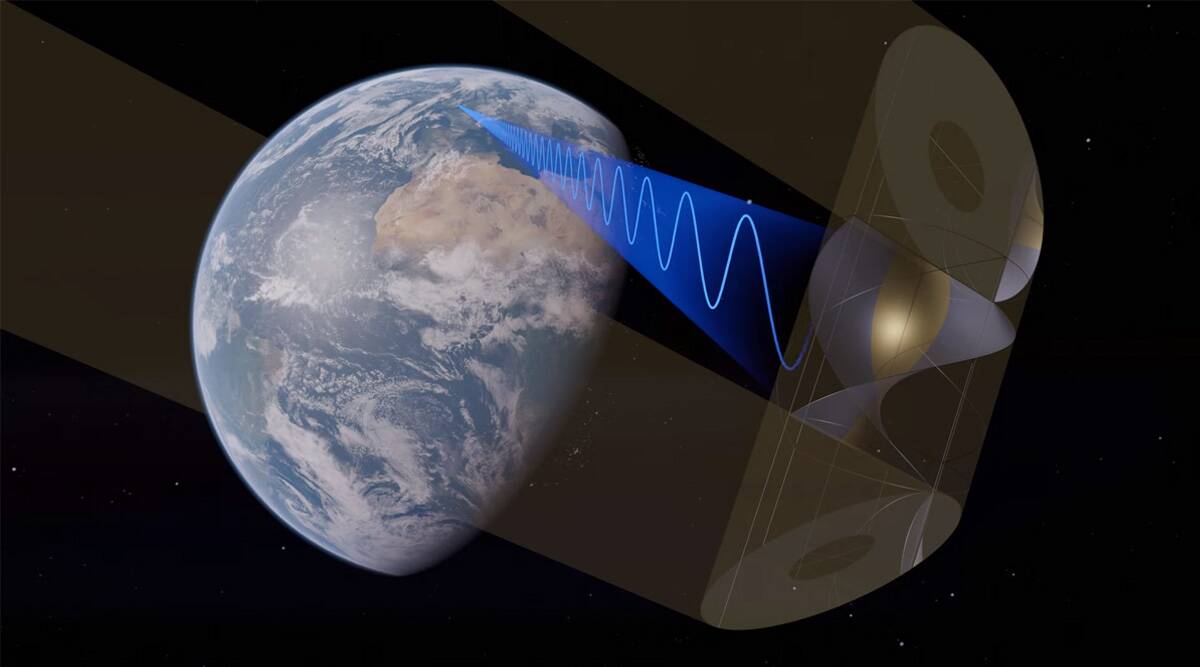China plans to launch a solar power plant in space by the year 2028, which is two years ahead of the original schedule that was initially proposed for the same project. According to a South China Morning Post report, China will reportedly launch a satellite at an altitude of 400 kms. The details come from an updated plan in the journal Chinese Space Science and Technology, accessed by the publication.
According to the paper, this satellite would convert solar energy into electricity and then convert that into microwave or lasers that can then be transmitted to various fixed targets on Earth. This can then convert back into electricity for use on the planet. This project will only generate 10 kilowatts, which is only enough to power a few homes. But this proof-of-concept can be scaled up to become a significant power source.
The paper goes on to say that the proposal was first drafted in 2014 and that it was brought forward in response to the latest technological advancement and “new situations at home and abroad.” The new plan proposes that a full-scale power plant will be built in four stages.
Two years after the initial launch in 2028, another more powerful satellite will be sent to a geostationary orbit about 36,000 km from the earth to conduct more experiments. By 2035, a 10-megawatt power plant will start sending energy to some military and civilian users.
The researchers predict that this station’s output could rise to 2 gigawatts by 2050. For reference, India’s largest nuclear power plant, the Kudankulam Nuclear Power Plant in Tamil Nadu, will produce about as much power once it is fully complete.
The research article predicts that a full-scale microwave beam could project about 230 watts per square metre on the ground, which is about as much as direct sunlight. While microwaves at these levels are believed to be safe for people, it is unclear what potential health effects they could have for those living close to the receiving station on Earth.
China is not the only country proposing such a plan: the United Kingdom plans to have a similar space-based solar power plant orbiting about 36,000 km from the earth by 2035. The UK’s space-based power plant, proposed by the Space Energy initiative, will also use microwave radiation to beam the power back to Earth. The modular power plant concept devised by the initiative will require about 300 rocket launches the size of SpaceX’s starship to deliver to orbit.
Also, the United States Naval Research Laboratory has already tested such a method of solar energy generation by using a Boeing X-37 B space plane, according to a Forbes report. US-based California Institute of Technology (Caltech) is planning to deploy a $100 million space-based solar power test array by 2023.
There is a reason why so many countries are hopping on the space-based solar energy bandwagon. A space-based power plant is closer to the sun and doesn’t have to deal with power attenuation caused by the atmosphere. Also, it doesn’t have to face the “intermittency problem,” because the sun is always shining in space, night or day. Combine these two factors, and a space-based plant can theoretically send a much larger amount of energy back to earth at a more consistent pace than a similar plant on earth.
Earlier, the UK-based Space Energy Initiative’s chairman, Martin Soltau had said that all the technology required to develop a space-based solar power plant already exists and that the challenge is the scope and size of the project.
!function(f,b,e,v,n,t,s)
{if(f.fbq)return;n=f.fbq=function(){n.callMethod?
n.callMethod.apply(n,arguments):n.queue.push(arguments)};
if(!f._fbq)f._fbq=n;n.push=n;n.loaded=!0;n.version=’2.0′;
n.queue=[];t=b.createElement(e);t.async=!0;
t.src=v;s=b.getElementsByTagName(e)[0];
s.parentNode.insertBefore(t,s)}(window, document,’script’,
‘https://connect.facebook.net/en_US/fbevents.js’);
fbq(‘init’, ‘444470064056909’);
fbq(‘track’, ‘PageView’);










